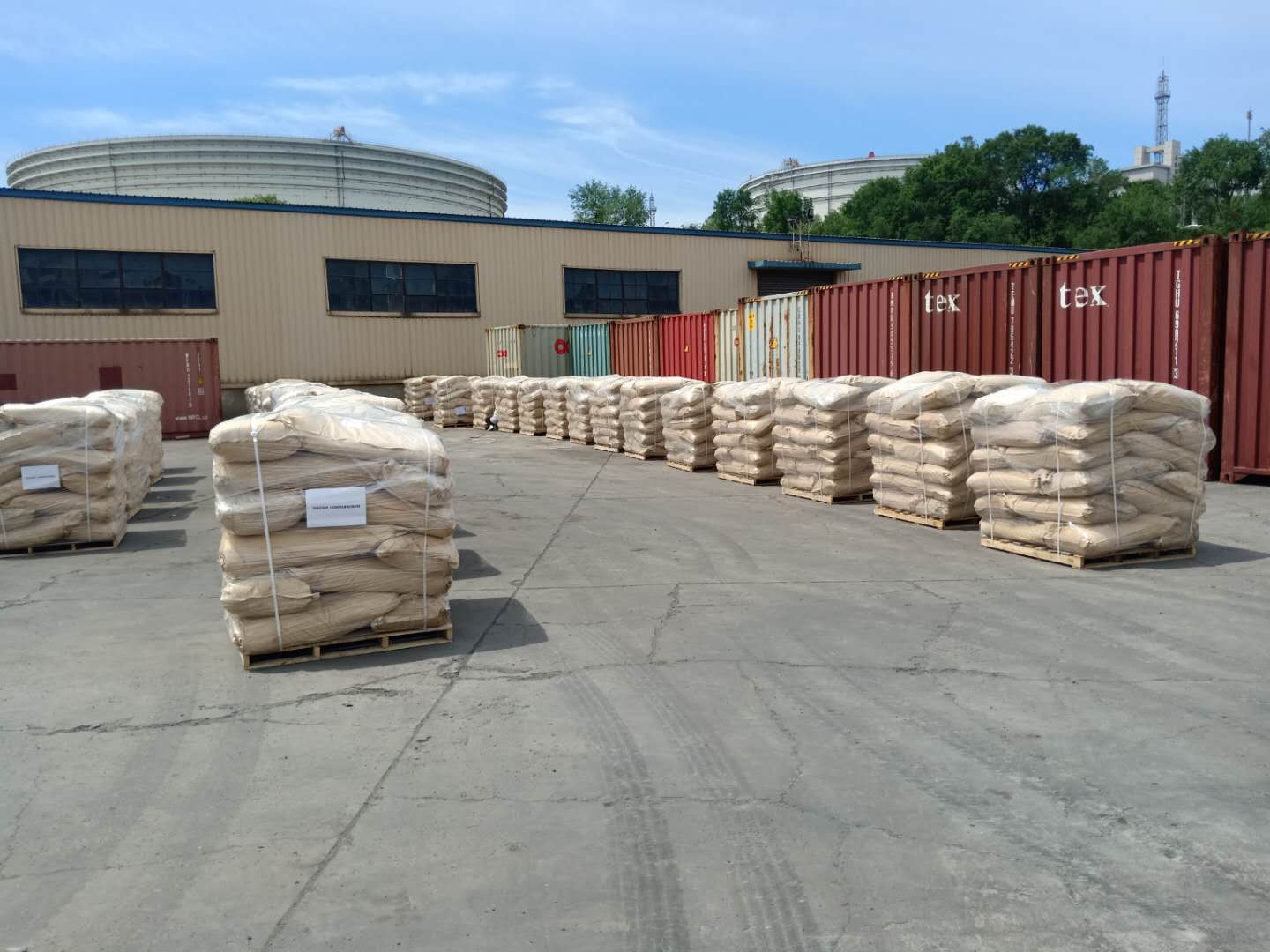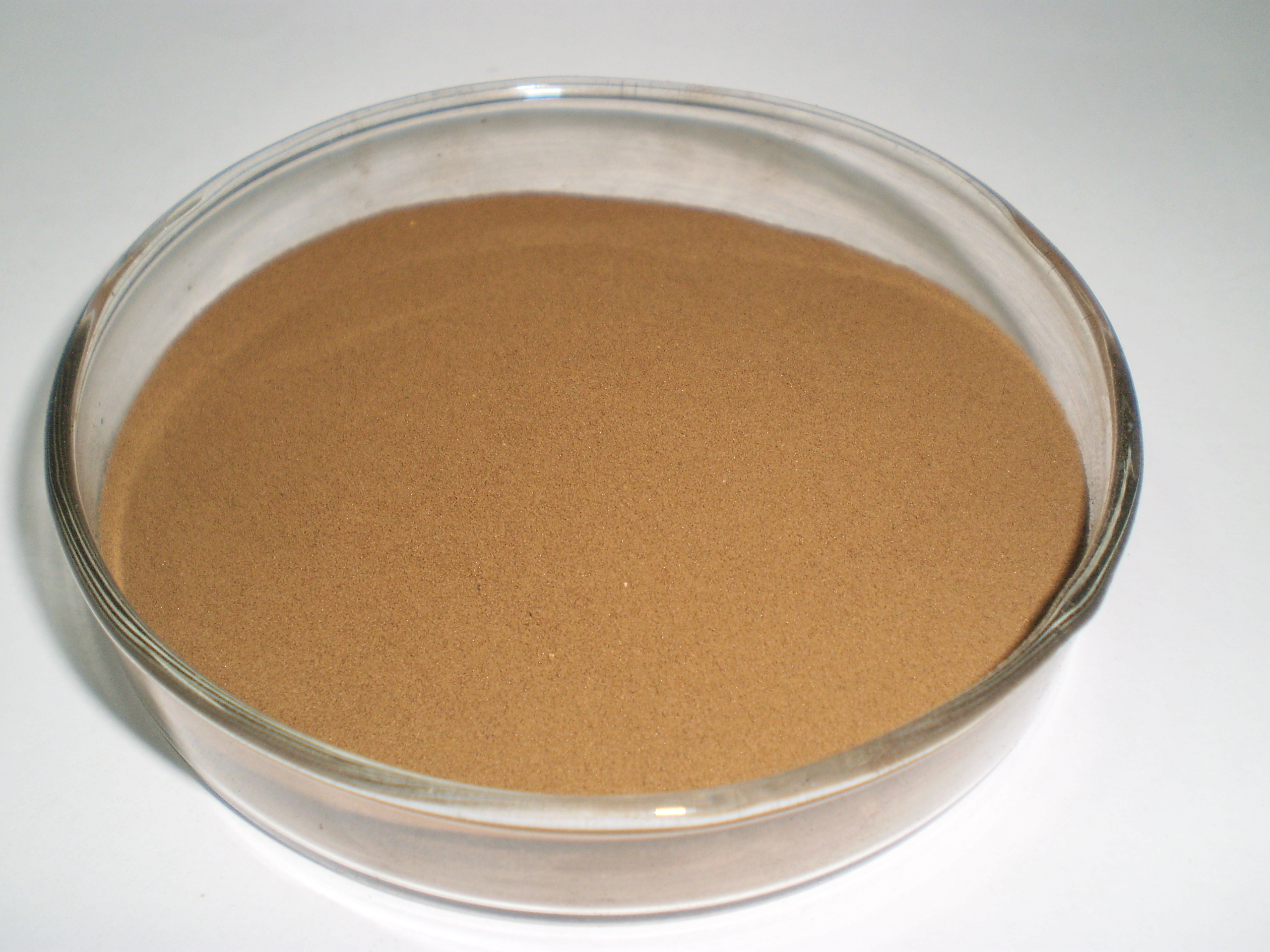-
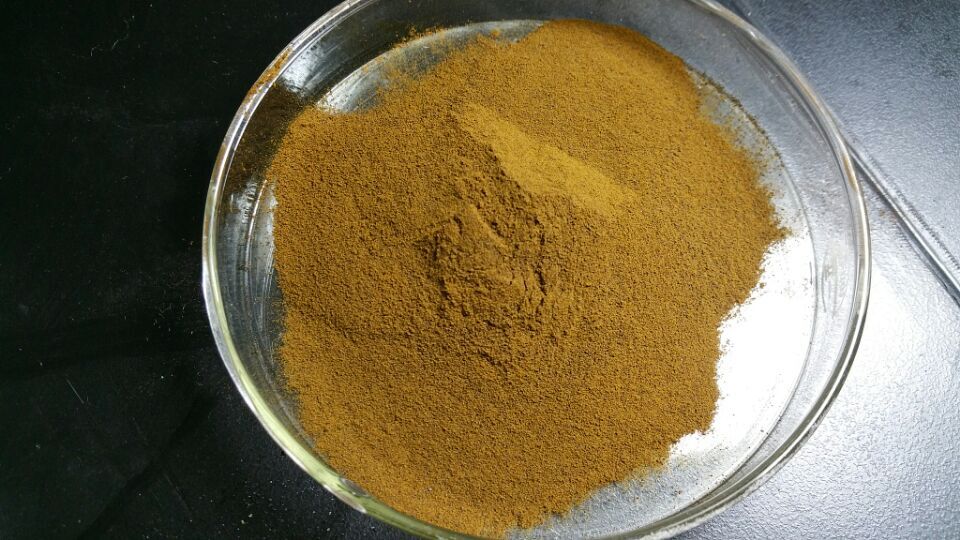
Sodium Lignosulfonate from Sulfite Pulp 2
Lignin content is usually 70%–75%, with the remaining mass being carbohydrate, ash, and inorganic salts. Further commercial and biorefinery utilization requires the removal of sulfur, which would add cost (PNNL, 2007). Lignosulfonates are obtained from sulfite pulping processes wherein cellulose is extracted from wood in the pulp industry. The so-called sulfite pulping process involves mixing sulfur dioxide (SO2) with…
-

Sodium Lignosulfonate from Sulfite Pulp
The sulfite process is also used by the paper and pulp industry for producing lignosulfonates. The pulping solution employs salts of sulfurous acid, either salts of sulfites (SO32 −), or bisulfites (HSO32 −). The common counterions are single-valent sodium (Na+), potassium (K+), and ammonium (NH4+), and doubly-valent calcium (Ca2 +) and magnesium (Mg2 +). The sulfite process can be carried out in a wide range of…
-

sodium lignosulfonate as dispersant of coal water slurry
In order to use lignosulfonates (a by-product of pulp and paper processes) as an effective dispersant of coal water slurry five purified sodium lignosulfonate (SL) samples with different molecular weights were prepared by fractionation using ultrafiltration and dialysis. The effect of SL on the apparent viscosity of coal water slurry (CWS) was investigated. The adsorption…
-

Molacular Weight Decide Lignosulfonate Dispensing Capability
The three purified Sodium lignosufonate fractions with different molecularweights were obtained using ultrafiltration. With theincrease in molecular weight, the content of phenolichydroxyl group, sulfonic acid group, and carboxyl groupdecreases, the purity of Sodium lignosulfonate increases, color deepens, and guaiacol group content increases. There are great differences in the performance of Sodium lignosufonate with different molecular…
-
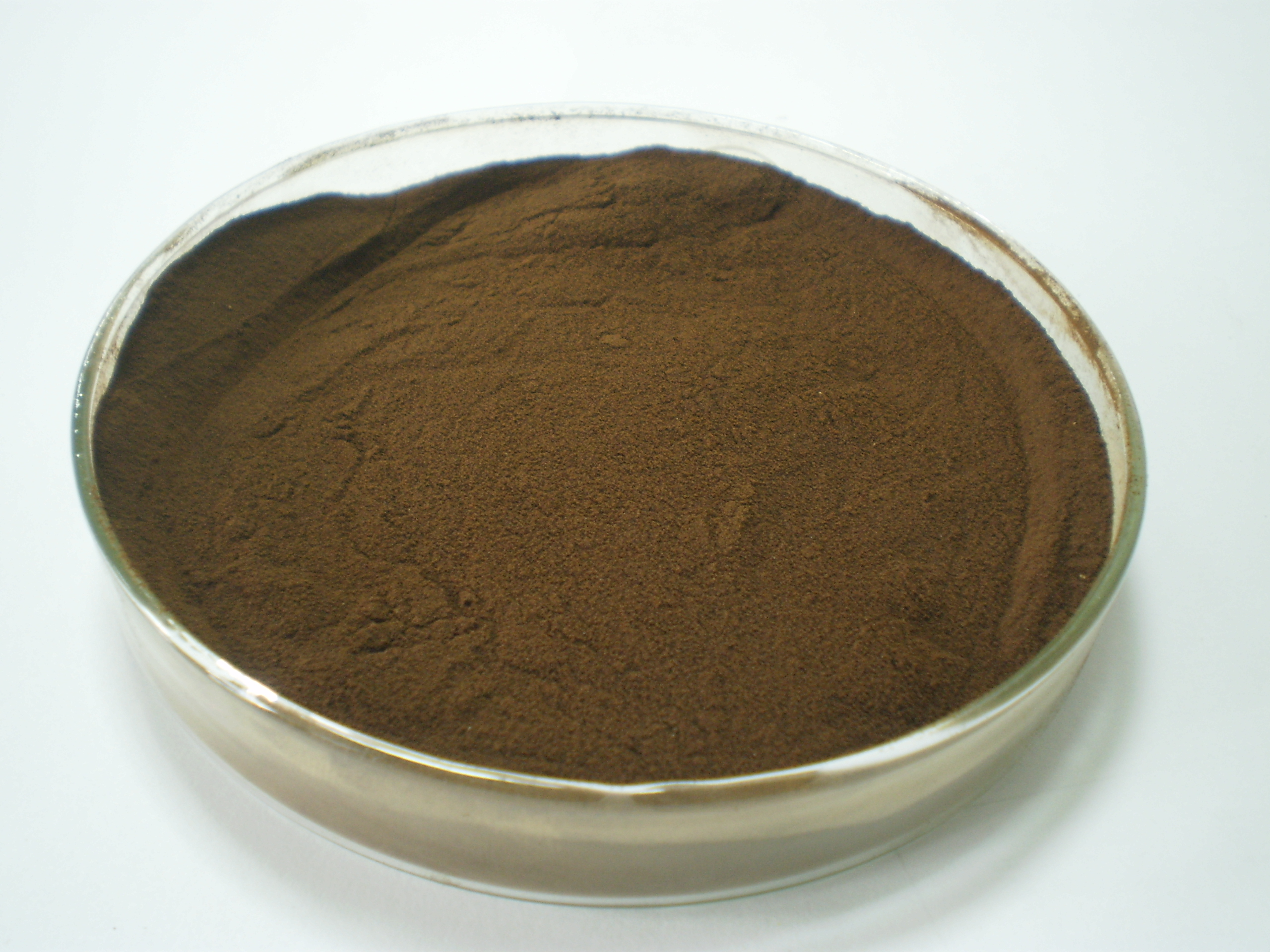
Effect of SL on Dyestuff Reduction and Dyeing Properties
The content of catechol of Sodium lignosulfonate with different molecularweights is different based on the different content of hydrophilic functional groups, which would affect the reductionof SL on dyestuff caused by the oxidative processes ofcatechol structures to quinonoid structures. The UVabsorption spectra of different dye–dispersant systemstreated by 130C dyeing process were measured to calculatethe reduction…
-
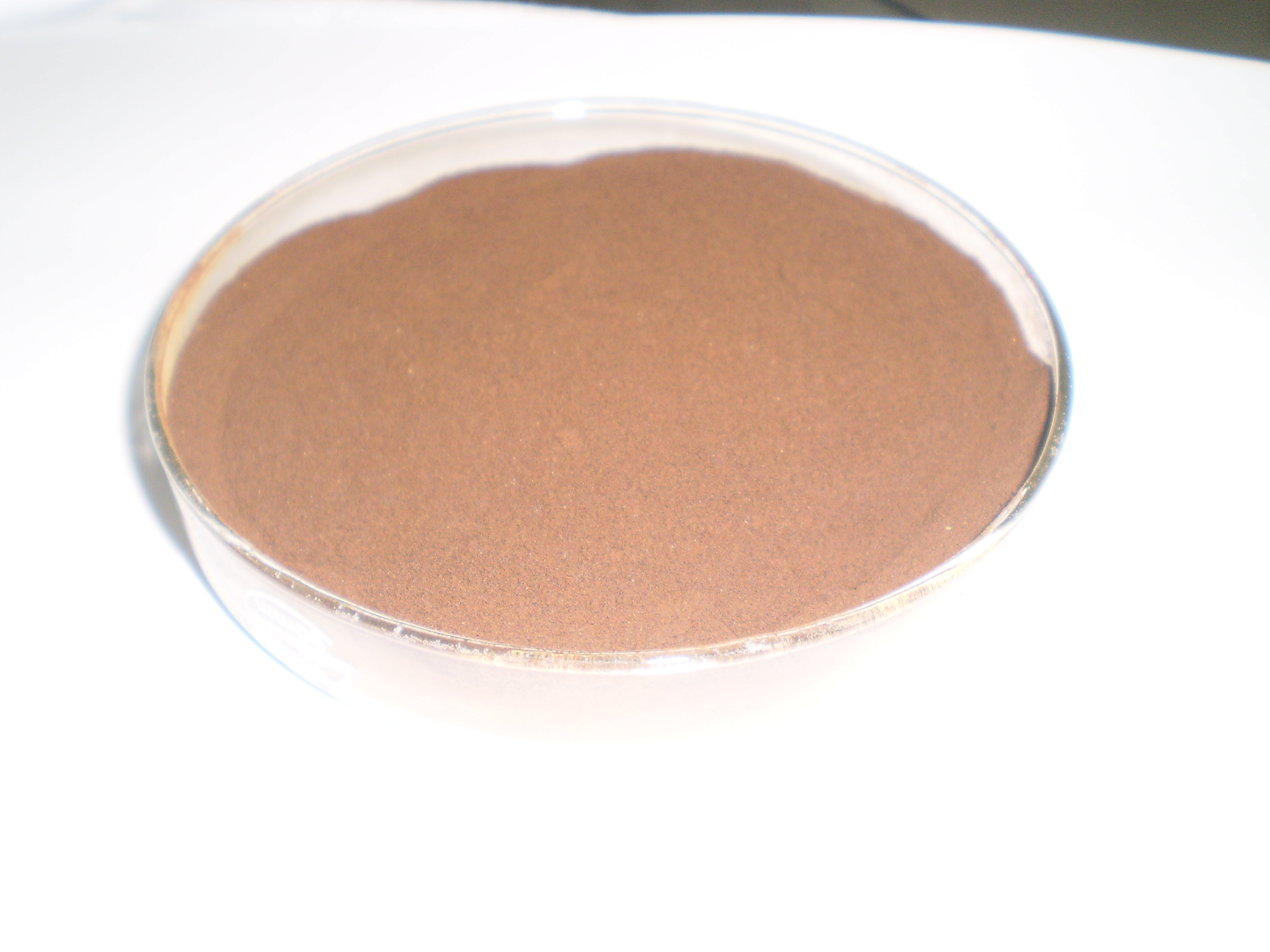
Effect of Sodium lignosulfonate on Fiber Staining
What Is sodium lignosulfonate and Its Role in Textiles? sodium lignosulfonate (SL) is a water-soluble compound derived as a byproduct from the paper and pulp industry. In textile processing, it serves various purposes, such as a dispersant or binding agent, due to its chemical properties. However, one significant drawback is its tendency to stain fibers,…

